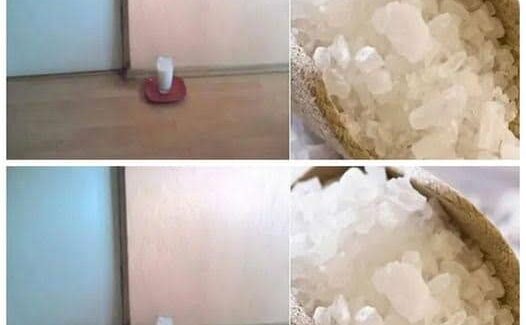
Got Those Little Itchy Bumps on My Skin, Especially on My Legs? Should I Be Worried? How Do I Calm Them?
Finding small, itchy bumps on your skin—especially on your legs—can be frustrating, uncomfortable, and sometimes even concerning. These bumps may appear out of nowhere, cause you to scratch endlessly, and leave you wondering whether it’s something serious. The good news? Most of the time, these bumps are harmless and easily treated at home. But in certain cases, they can be a sign of something more serious.
In this article, we’ll break down what those bumps could be, when you should worry, and a step-by-step guide to calming your skin and preventing them from coming back.
🔍 What Are These Itchy Bumps?
Itchy bumps on your legs can be caused by several different things. The most common causes include:
- Folliculitis: Inflammation of hair follicles, often from shaving or bacteria.
- Keratosis Pilaris: Tiny, dry bumps that feel rough—like goosebumps.
- Allergic Reactions: Reactions to lotions, laundry detergents, or fabrics.
- Bug Bites: Mosquitoes, fleas, or even bedbugs.
- Eczema or Dermatitis: Skin inflammation due to irritation or allergens.
- Dry Skin (Xerosis): Extremely common in winter or dry climates.
- Heat Rash: Caused by sweat trapped in pores.
⚠️ When Should You Worry?
Although most causes are minor, be cautious if you notice:
- Bumps spreading rapidly or blistering
- Severe itching that disrupts sleep
- Signs of infection: warmth, pus, or swelling
- Fever or fatigue accompanying the rash
- Bumps lasting more than 2 weeks with no improvement
In these cases, consult a dermatologist. You might be dealing with a skin infection, allergy, or an underlying autoimmune issue.
✅ How to Calm Itchy Bumps on Legs — Step-by-Step Guide
Step 1: Identify the Trigger
Before treating, try to figure out what may have caused the bumps:
- Did you shave recently?
- Did you switch detergents or soap?
- Were you outdoors where bugs might’ve bitten you?
- Have you been sweating a lot?
Once you identify the cause, you can better choose the treatment and prevent it from recurring.
Step 2: Clean the Affected Area
What to do:
- Gently wash the legs with lukewarm water and a mild, fragrance-free soap.
- Pat dry with a clean towel—don’t rub harshly.
Why: This removes dirt, sweat, allergens, and bacteria that might be worsening the condition.
Step 3: Apply a Soothing Topical Treatment
Choose one based on your skin’s needs:
- For Bug Bites or Allergies:
- Apply 1% hydrocortisone cream or calamine lotion to reduce itch and inflammation.
- Take an over-the-counter antihistamine like cetirizine or loratadine if itching is severe.
- For Folliculitis or Mild Infections:
- Use antibacterial ointment like Neosporin.
- Warm compresses can help draw out infection and soothe pain.
- For Dry Skin or Keratosis Pilaris:
- Moisturize with a urea- or lactic-acid-based cream (like AmLactin).
- Exfoliate gently with a mild scrub 1–2 times a week.
- For Eczema or Irritation:
- Apply a thick emollient (like Aquaphor, Eucerin, or Vaseline).
- Avoid products with alcohol, fragrances, or dyes.










